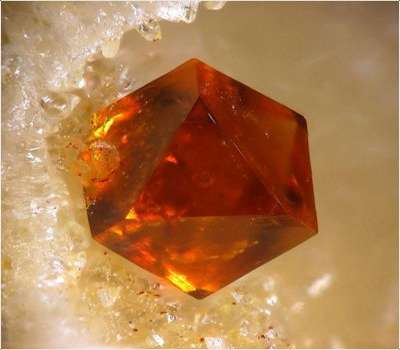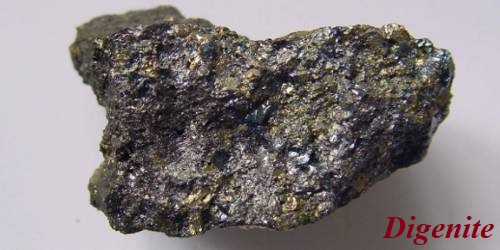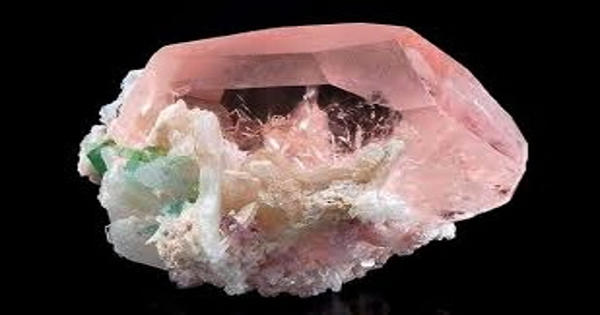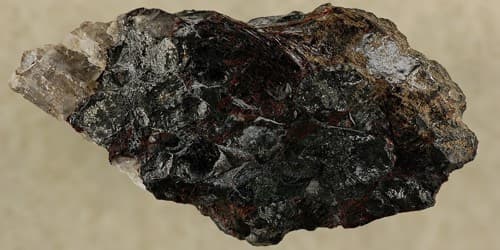Humite is a mineral found in the volcanically ejected masses of Vesuvius. It is a fairly rare mineral. It was first described in 1813 and named for Abraham Hume (1749–1838). It is an orthorhombic-dipyramidal mineral containing fluorine, hydrogen, iron, magnesium, oxygen, and silicon. It is the namesake mineral of the humite group. The name can be used to describe the humite group or the individual member Humite.
Humite was named in 1813 in honor of Sir Abraham Hume (1749-1838), English connoisseur and collector.
General Information
- Category: Nesosilicates
- Formula: (Mg, Fe)7(SiO4)3(F, OH)2.
- Crystal system: Orthorhombic
- Crystal class: Dipyramidal (mmm)

Fig: Humite
Properties
Humite is very similar structurally to Chondrodite and Clinohumite, but forms in a different chemical structure than those minerals. It is found in hydrothermal veins and contact and regionally metamorphosed dolomitic limestones as small prismatic crystals.
- Color: White, yellow, dark orange, brown
- Cleavage: Poor
- Fracture: Uneven to subconchoidal
- Tenacity: Brittle
- Mohs scale hardness: 6-6.5
- Luster: Vitreous
- Streak: White
- Diaphaneity: Transparent
- Specific gravity: 3.20 – 3.32
- Optical properties: Biaxial (+)
Occurrence: Typically in contact metamorphic zones in limestones and dolostones associated with felsic, or more rarely, alkalic plutonic rocks, especially where metasomatism has introduced Fe, B, and F.
Association: Grossular, wollastonite, forsterite, monticellite, cuspidine, °uoborite, ludwigite, spinel, brucite, calcite, dolomite, serpentine, diopside, corundum, phlogopite, pyrrhotite.
Information Source:
















